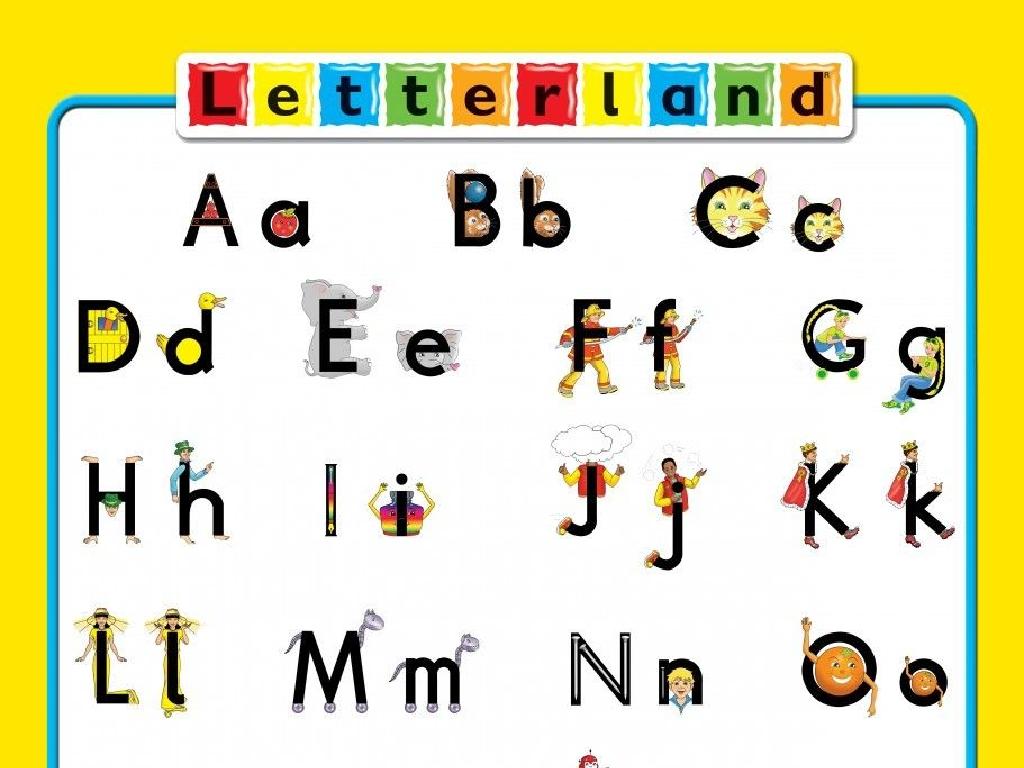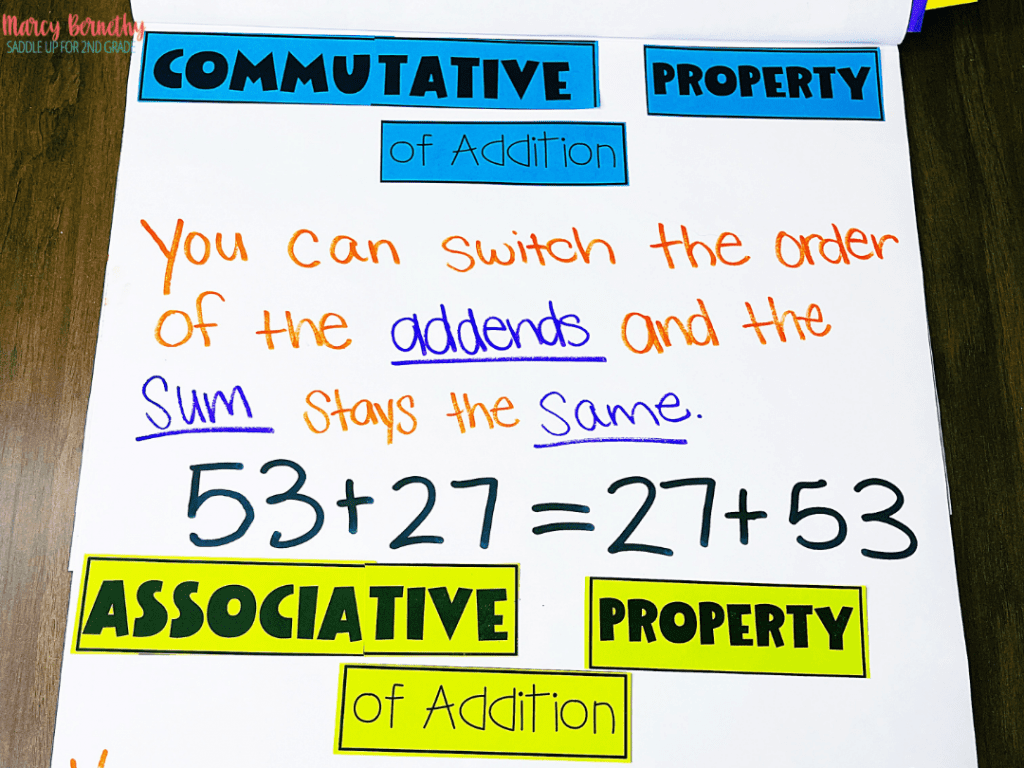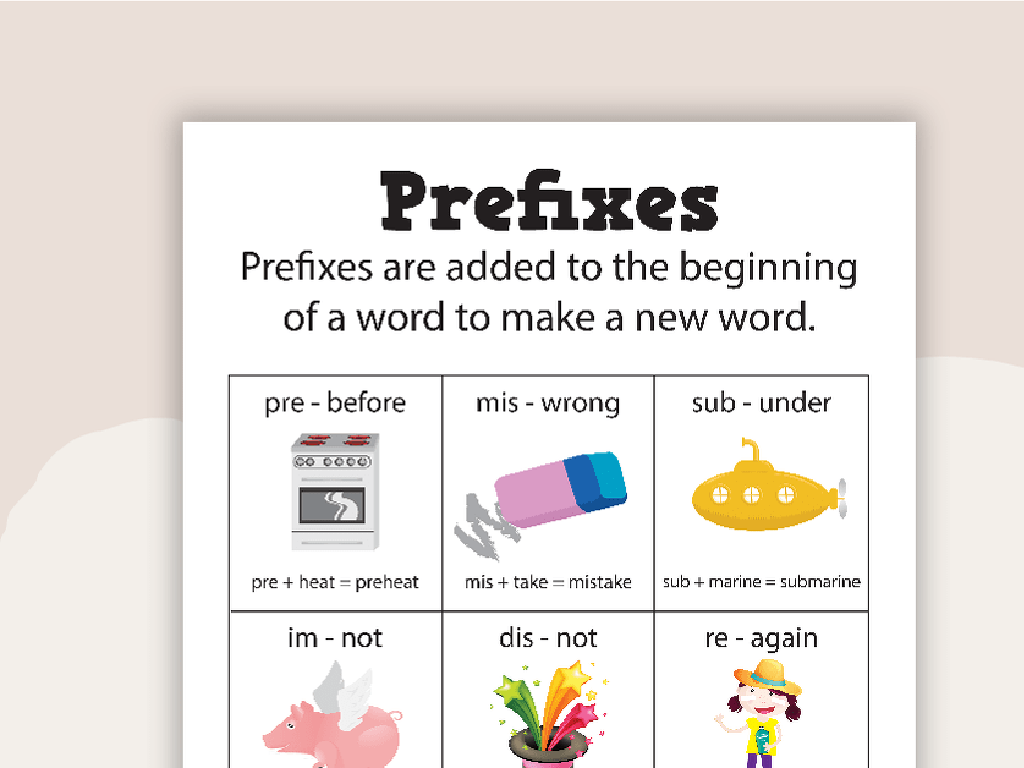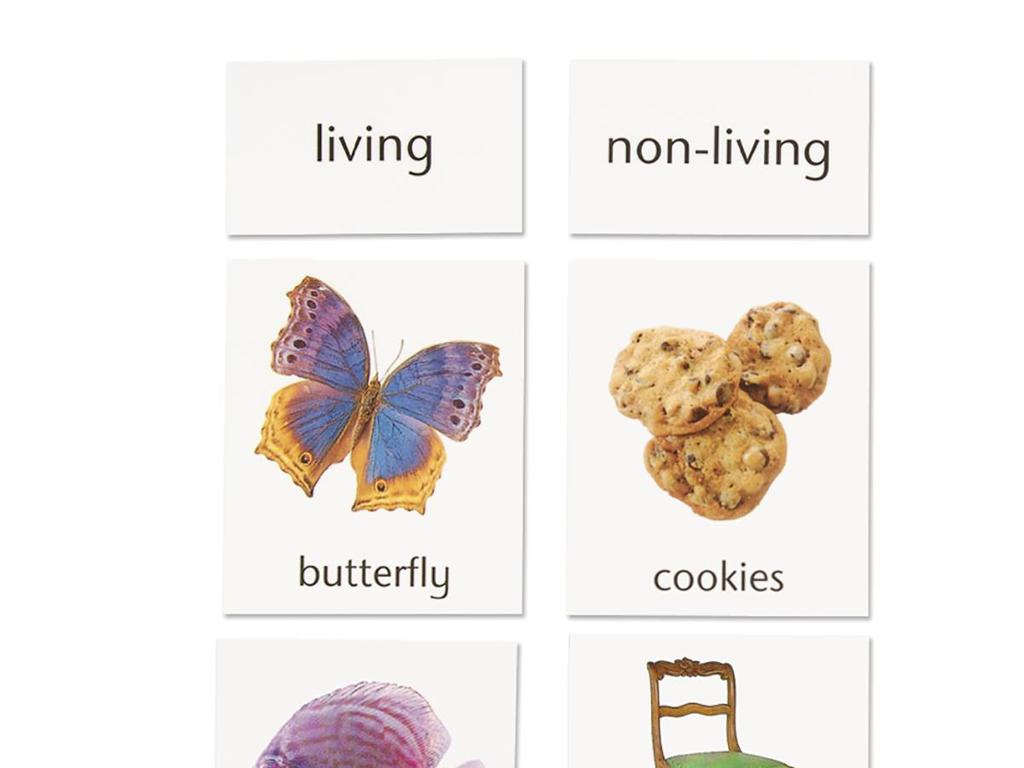Identify Earth'S Land Features
Subject: Social studies
Grade: First grade
Topic: Physical Geography
Please LOG IN to download the presentation. Access is available to registered users only.
View More Content
Exploring Earth’s Land Features
– Greet the class warmly
– Today’s topic: Earth’s land features
– We’ll explore mountains, valleys, and more
– Learn about land shapes
– Shapes like hills, plateaus, and plains
– Identify types of land
– Examples: a mountain is tall, a valley is low
|
Begin the class with a cheerful good morning to engage the students. Introduce the topic of Earth’s land features, emphasizing that we’ll be learning about the different shapes and types of land that make up our planet. Use simple terms to describe each feature and provide examples that are relatable to the students, such as comparing a hill they might have seen in a park to the concept of a mountain. Encourage the children to think of places they have visited or seen in books or on TV to connect with the topic. The goal is to help them recognize and name various landforms they encounter in their environment.
Exploring Earth’s Land Features
– What is Physical Geography?
– It’s the study of Earth’s natural features.
– Earth detectives
– Like detectives, we search for clues about Earth!
– Investigating mountains
– Mountains are huge landforms that reach high into the sky.
– Rivers and deserts discovery
– Rivers are long, flowing bodies of water; deserts are large, dry, sandy areas.
|
This slide introduces the concept of Physical Geography to first graders by comparing geographers to detectives who explore the Earth’s surface. Emphasize the excitement of discovering different land features such as mountains, rivers, and deserts. Explain that mountains are very tall and can sometimes have snow on top, while rivers are like long roads made of water that fish live in, and deserts are big sandy places where it’s hot and cacti grow. Encourage the children to think about these features as parts of a giant puzzle that makes up our planet. Use simple language and relatable analogies to make the content accessible and engaging for young learners.
Exploring Mountains
– Mountains are tall landforms
– They reach high like towers
– Imagine climbing a mountain
– Pretend we’re adventurers scaling great heights
– What can we see up high?
– Maybe we’ll spot eagles, trees, or even clouds below us!
|
This slide introduces mountains to first graders as a part of Earth’s physical geography. Emphasize how mountains are much taller than anything they are familiar with, like their house or school. Encourage the children to use their imagination to visualize climbing a mountain, asking them to think about what they might see from such a great height. Possible answers could include the sky, birds like eagles, trees, and perhaps even clouds if the mountain is tall enough. This activity will help them understand the concept of altitude and the unique ecosystem of mountains. It’s also a great opportunity to introduce related vocabulary such as ‘peak’, ‘altitude’, and ‘terrain’.
Exploring Valleys
– Valleys are low areas
– Think of a valley as a giant bathtub surrounded by taller land.
– They’re between hills or mountains
– They can be found where mountains or hills stand.
– Valleys are like ground bowls
– Picture a big dip in the ground where we could play or explore.
– Imagine walking in a valley
– What animals or plants might we see? What does the ground feel like?
|
This slide introduces valleys to first graders as part of Earth’s land features. Explain that valleys are lower parts of the land, often found between mountains or hills, and can be thought of as big dips or bowls in the ground. Encourage the children to use their imagination to visualize walking through a valley, considering what they might see, hear, and feel. Ask prompting questions to engage them, such as what kind of animals or plants they might find in a valley or how the ground might feel beneath their feet. This will help them connect the concept of valleys to their real-world experiences or to stories they may have heard.
Exploring Plains: Earth’s Land Features
– Plains are big, flat lands
– Plains have very few hills or trees to block the view.
– They’re like huge playgrounds
– Think of a giant field where you have lots of space to run around.
– Imagine seeing far on a plain
– If you were standing in a plain, you might see for miles without anything in the way!
– How far could we see?
|
This slide introduces plains as a type of land feature to first graders. Emphasize the vastness and flatness of plains, making them relatable by comparing them to a large playground. Encourage the children to use their imagination to visualize standing on a plain and looking across the distance. Ask them to think about how far they could see if there were no buildings, trees, or hills to block their view. This will help them understand the concept of plains and how they differ from other land features they may be familiar with. You can extend the activity by showing pictures of plains and discussing the kinds of animals and plants that might live there.
Exploring Deserts: Earth’s Dry Land
– Deserts have little rain
– A desert is a dry area where it hardly rains at all.
– Hot days and cold nights
– Deserts can be really hot in the daytime but get cold when the sun goes down.
– Survival in the desert
– Think about water, shade, and warm clothes for night time.
|
This slide introduces students to the concept of deserts as part of Earth’s land features. Explain that deserts are areas that don’t get much rain, which makes them very dry. Highlight the extreme temperatures, being hot in the daytime and cold at night, and discuss how these conditions affect both the wildlife and how people live. Engage the students by asking them what they would need to survive in such an environment, guiding them to consider the importance of water, finding shade during the day, and having warm clothing for the chilly nights. This will help them understand the challenges of desert climates and the adaptations needed to live there.
Exploring Islands
– Islands are land surrounded by water
– Islands vary in size
– Some are as big as Greenland, some are tiny!
– People can live on islands
– Like in Hawaii or Iceland!
– Fun water activities on islands
– Swimming, boating, fishing, snorkeling!
|
This slide introduces the concept of islands to first graders. Start by explaining that an island is a piece of land completely surrounded by water. Emphasize that islands come in many different sizes, and people often live on them, just like they live on the mainland. Ask the children if they have ever visited or heard of an island and what they think it would be like to live there. For the interactive part of the lesson, discuss different water activities that can be done around islands, such as swimming or boating, and encourage the children to imagine what fun activities they would like to do if they were on an island. This will help them connect the concept of islands to their personal experiences and interests.
Earth’s Land Features Review & Fun Facts
– Mountains are giant towers
– Valleys are big bowls in Earth
– Plains are huge fields for fun
– Deserts are dry, need special care
Deserts have less rain and specific plants and animals that can survive there.
– Islands are surrounded by water
Islands can be big or small and have beaches all around.
|
This slide is a review of Earth’s land features with added fun facts to make the information relatable and engaging for first graders. Emphasize the size and shape of each feature with comparisons they can understand, like comparing mountains to ‘giant towers’ and valleys to ‘big bowls.’ Highlight the plains as vast spaces where one can run and play, which can help them visualize the expanse of such areas. Explain that deserts are special habitats that require certain adaptations for plants and animals to survive due to their dry conditions. Lastly, describe islands as land surrounded by water, which can be exciting places to explore. Use this opportunity to ask students to draw their favorite land feature or share stories if they have visited any of these places.
Class Activity: Create Your Own Landform!
– Be a little geographer
– Make landforms with playdough
– Create mountains, valleys, and more
– Share and discuss your creations
|
This interactive class activity is designed to help first graders understand Earth’s land features through a hands-on experience. Provide each student with playdough and ask them to create various landforms such as mountains, valleys, plains, deserts, and islands. Encourage creativity and ensure they understand that landforms are natural features on Earth’s surface. After the creation process, each student will present their landform to the class, describing its features and where it might be found in the world. This activity not only reinforces the lesson but also enhances fine motor skills and public speaking abilities. Possible variations of the activity could include working in pairs, using different materials, or matching the created landforms to pictures of real examples.






